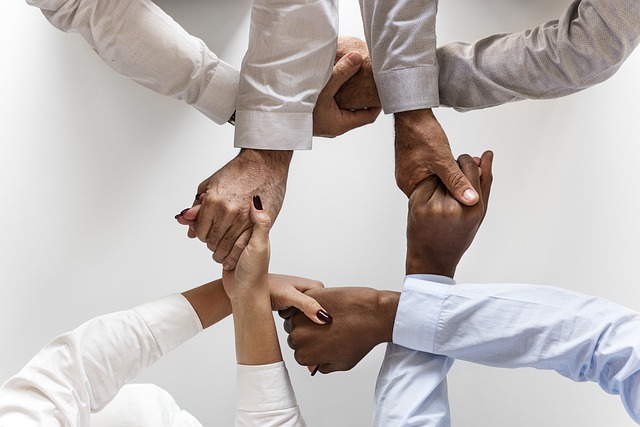By Gabriela Estrada and Allison Nagel, Sustainable Solano

Communities have the power to shape a new economy that is equitable and just, and the transition to get there lies in creating self-determination and shared prosperity through community governance and community ownership. It also relies on moving from a mindset of scarcity to one of creating abundance.
At our recent Next Economy discussion, we explored these key elements and how they can be used, particularly within communities of color that have been disempowered and disenfranchised in the current economic system, to create a new way of approaching the economy that often draws upon traditions of supporting one another.
This discussion of Restorative Economics came from insight and lessons learned at a workshop led by project management consultant Nwamaka Agbo, who has a background in community organizing and restorative justice. Through our Next Economy series, we’ve tackled problems with the current economy and shared what we’ve learned about creating a new economy from the courses taken through Santa Cruz Permaculture’s Next Economy series, including Nwamaka’s workshop.
Restorative Economics addresses how to prioritize investment of resources back into impacted populations. Nwamaka focuses on creating a just transition that moves away from capitalism’s patterns of economic oppression that has harmed marginalized communities and placed power and wealth with a select few.
In particular, a just transition moves from:
- Extraction to Regeneration — Moving from an economy that pulls resources (and pushes people) out of communities to one that builds up those communities.
- Control to Governing for the Whole — Moving from those with power and wealth controlling decisions that affect impacted populations to community governance and approaches that are beneficial to impacted populations and make life better for society as a whole. (As an example, curb cuts were put in on sidewalks for wheelchairs, but then those with bikes, strollers, etc., benefited from having them)
- Accumulation to Shared Prosperity — Moving from an accumulation of wealth among a few to supporting shared prosperity through the reinvestment of profits in the community to add community benefit. (An example is the “pay-it-forward” approach that, rather than sending loan interest income to an investor turns around and invests it in a loan to another business.)
- Exclusion to Inclusion — Moving from excluding people from being a part of the economy to build models that give voice and build capacity for meaningful participation in the local governance and economy.
We asked attendees to reflect on the fact that capitalism is a system, which means we have agency over it and we can change it. Keeping this in mind, we asked the group to think of some practices and values we could use for a just transition. As a group, we discussed the different ideas behind Restorative Economics and did some activities to think about both how we look at economics now and new ways to redefine the economy.
We shared Nwamaka’s tenets of Restorative Economics and some examples:
- Investing in Human Development and Capacity Building: The Restore Oakland project, of which she was a vital part, builds employable skills in recently incarcerated individuals while also creating space for furthering restorative justice and restorative economics work.
- Remembering and Reclaiming Traditions and Collective Wisdom: Drawing on the indigenous cultures of shared prosperity that have been discouraged in the current economic system.
- Building a Community of Practice and Social Movement Infrastructure: Practicing community governance through co-ops and other approaches, and bringing community organizations and social movements together to support each other in efforts on the ground and to shape policy.
We wrapped up by thinking of what some of the biggest challenges are in our local community and how to address them. That included creating a system of affordable housing, better community gathering space and the recognition of the true value of labor. The idea of changing from a system that commodifies land, labor and capital to a system of land trust, right livelihood and public banking was also identified.
Join us at our next discussion on May 2 to explore ways to design our economic future.
As Nwamaka told us at the Santa Cruz workshop: “Change doesn’t come from intent. It comes from deliberate action.” That is the first step towards a more just economy that works for everyone.
The funding for Sustainable Solano’s team training at the “Next Economy” course at Santa Cruz Permaculture was provided by Solano Community Foundation through their NPP Capacity Building grants program. Community conversations are made possible through a grant from the Peaceful World Foundation. Thank you to both organizations!
We will continue to share insights at our final workshop at Green Hive Spaces in Vallejo. Please join us to further the discussion on the next economy in our community.
Designing the Regenerative Economy, 6 pm, May 2
Join us to discuss the design principles and strategies needed for vocation and regenerative enterprise design. We’ll discuss how we could redesign the economy for security, prosperity and a stable climate with transformation based on permaculture design principles, methods and ethics for an economy that benefits all life.

